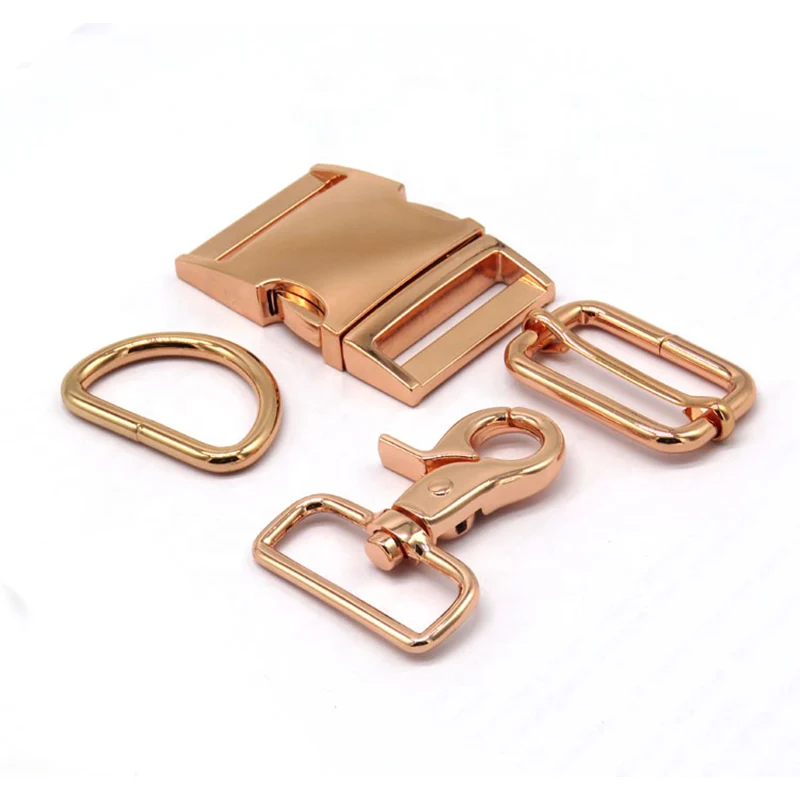Ensuring Durability: Testing Methods for Zinc Alloy Die-Cast Luggage Hardware
2024-11-22
When it comes to luggage hardware accessories, durability and performance are non-negotiable. Travelers rely on these components—handles, buckles, zippers, and hinges—to perform flawlessly under the rigors of travel. Zinc alloy die-cast hardware is known for its strength and versatility, but how do manufacturers ensure these qualities are up to standard? Let’s explore the key testing methods used.
1. Tensile Strength Testing
Tensile strength testing measures how much force a zinc alloy component can withstand before breaking. This test is particularly crucial for load-bearing accessories like handles and buckles. Manufacturers use specialized machines to apply force and record the material's breaking point, ensuring the hardware can handle the weight it’s designed for.
2. Corrosion Resistance Testing
Zinc alloys are naturally corrosion-resistant, but luggage hardware often faces exposure to moisture, salt, and varying temperatures. To ensure longevity, manufacturers perform:
- Salt Spray Testing: A component is placed in a chamber filled with a saline mist to simulate prolonged exposure to harsh conditions.
- Humidity Testing: Tests hardware in a controlled high-humidity environment to detect any vulnerability to rust.
3. Wear and Abrasion Testing
Frequent use can wear down hardware over time. Abrasion testing involves subjecting components to repetitive friction or impact, mimicking real-world wear. The results help identify weaknesses in surface finishes or structural integrity.
4. Impact Resistance Testing
Travel often subjects luggage to drops, bangs, and impacts. To test for this, manufacturers use impact testing machines that drop weights or apply sudden force to the hardware. Components must remain functional without cracking or deforming.
5. Fatigue Testing
Repeated stress cycles are simulated during fatigue testing. For instance, a handle might be subjected to thousands of pulls to ensure it doesn’t weaken or break under repeated use.
6. Dimensional and Visual Inspections
Precision is key for functionality and aesthetics. Manufacturers use calipers, gauges, and optical measurement tools to ensure components meet exact dimensional specifications. Visual inspections assess surface finishes, looking for scratches, blemishes, or inconsistencies.
7. Functional Testing
Beyond lab tests, hardware undergoes functional testing to ensure real-world performance. For example, zippers are zipped and unzipped repeatedly, and locks are engaged and disengaged thousands of times.
Testing is the backbone of quality assurance in zinc alloy die-cast luggage hardware. These rigorous methods guarantee that every buckle, handle, or hinge performs reliably, even under the toughest conditions. The next time you grab your luggage, you can trust that its components have been thoroughly vetted to keep your belongings safe.



